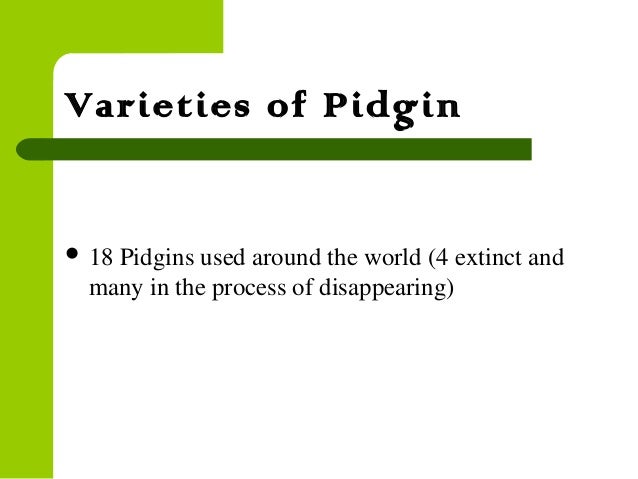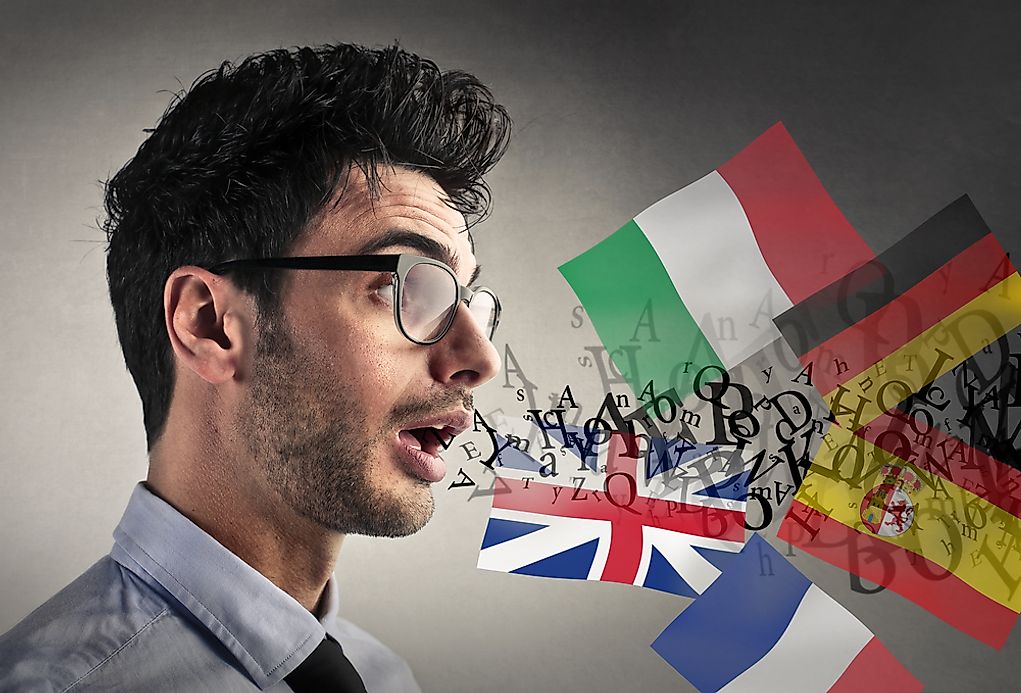


It is purposefully less complex than other sign languages and has a much smaller vocabulary or lexicon. The World Federation of the Deaf often holds events during which International Sign Language has become a primary form of communication. International Sign Language is a pidgin variety of many other regional sign languages which is universally understood by most people proficient in sign language regardless of which country they call home. International Sign Language is a good example of a modern pidgin language.Īlthough most people don’t think of sign language when speaking of languages, it is a primary form of communication between millions of deaf people.
#Chinese pidgin english how to#
Beijing is a perfect example): as a consequence, “pigeon” and later “pidgin” was used for that pidgin word.Ĭhinese Pidgin English, however, became extinct by the end of the 19th Century as the Chinese people began to learn how to speak proper, British English. So, even today, when I hear “the letter /tɕiː/” from a Chinese native speaker, I have to ask whether it’s a G, Z, or even J.įinally, the Chinese people at that time would pronounce “business” like /ˈbɪtɕɪn/, and then Europeans could not distinguish it from “pigeon” with a similar Chinese accent (the reason for /b/ to /p/ might also be the influence of the “Wade–Giles system”, which transliterated the b sound in pinyin back to “p”.

Second, both Mandarin and Cantonese (no matter now and then) did not have the exact /z/ sound, so we would transliterate it into the /tɕ/ sound (aka j in pinyin) – similar situation for Japanese, they say ビ(bi)ジ(ji)ネ(ne)ス(su) for “business” – Unfortunately, the /dʒ/ sound followed the same way because there’s no /dʒ/ in Mandarin and Cantonese either. If you’re curious about how this happened, here’s an interesting hypothesis I found:įirst, “business” was a little difficult (as it had three syllables) for most Chinese people at that time, so they would like to miss the third syllable, only pronounced it like “busin”. In fact, the word pidgin is believed to a mispronunciation by Cantonese speakers of the English word business, which supports the prevalent explanation that pidgins are primarily trade languages. The English first arrived in China in the 17th Century, and international trade was born almost overnight.Ĭhinese Pidgin English first appeared at a few of the major trade cities and ports. The first language to officially be designated as a pidgin was Chinese Pidgin English (other, older languages were eventually, retroactively labeled as pidgins). Examples of pidgin languages around the world Chinese Pidgin English Where interlanguages did not exist (interlanguages are second languages held in common by speakers of different native tongues… a great example of this is Modern Standard Arabic), pidgins sprung up in their place.

Historically, most pidgin languages were developed to make trade easier between European and non-European people.Īs speakers of vastly different languages began having constant contact with each other along popular trade routes and in busy ports, these groups were forced to devise a way to communicate with each other. What’s a pidgin?Ī pidgin (also written pijin) is a simplified language which has been derived from an existing language (or multiple languages) and used to bridge communication between groups of people with different languages. different, geographically-determined ways of speaking a first language, such as Spanish in Spain and Spanish in Mexico, Brazilian and European Portuguese or the many different varieties of Arabic), creoles (a combination of two first languages which has become a new, native tongue for a group of people), and pidgins (an alternative language developed to facilitate communication between speakers of two, different languages).īelow, I’ll clarify the difference between pidgins and creoles, and give some examples. There are many different types (and variations) of languages found around the world today.Īmong these, you’ll find dialects (e.g.


 0 kommentar(er)
0 kommentar(er)
